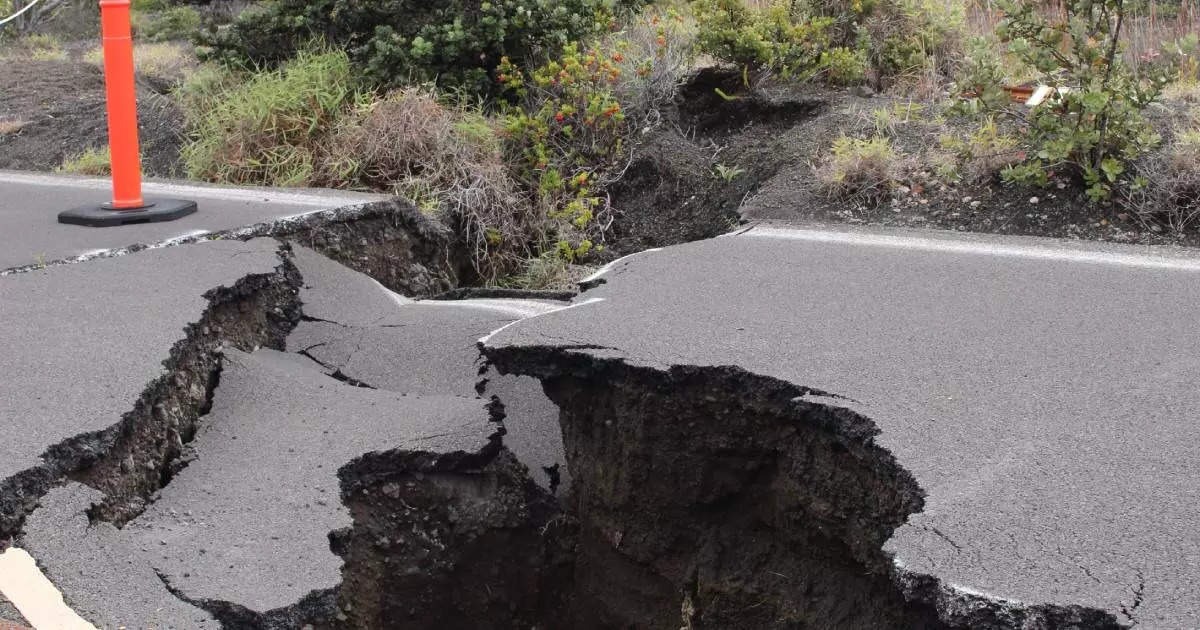South Africa, a country known for its diverse landscapes and rich culture, has faced numerous natural disasters in recent years. One phenomenon that has captured attention is the occurrence of earthquakes. Although not as famous as those in seismically active regions like California or Japan, earthquakes in South Africa have raised questions about their causes, impacts, and future predictions.
The History of South African Earthquakes
South Africa’s history with earthquakes dates back to the early 20th century. The first recorded earthquake occurred in the Western Cape region in 1912. Since then, several significant earthquakes have struck various parts of the country. Some notable examples include events in Orkney, Carletonville, and Klerksdorp, with magnitudes ranging from 4.0 to 6.3 on the Richter scale.
Orkney Earthquake: A Wake-up Call for Preparedness
In August 2014, a 5.5 magnitude earthquake shook the small mining town of Orkney in the North West Province. The quake caused one death, multiple injuries, and extensive damage to buildings and infrastructure. The Orkney earthquake remains the strongest to hit South Africa since the early 1960s, and serves as a stark reminder of the need for adequate emergency response plans and infrastructure resilience.
Carletonville: Seismic Activity Linked to Mining Operations
Carletonville, located in the Gauteng province, is home to some of the world’s deepest gold mines. Over the past few decades, the region has experienced an increase in seismic activity, with many minor tremors linked to mining operations. In June 2020, a 5.2 magnitude earthquake struck the town, damaging buildings and causing temporary power outages. While no fatalities were reported, the incident raised concerns about the potential long-term effects of mining-induced seismicity on both the local environment and public safety.
Klerksdorp Earthquakes: Clusters of Seismic Events
Similar to Carletonville, Klerksdorp is another South African town with deep ties to the gold mining industry. Since the early 2000s, the region has experienced multiple clusters of earthquakes, often occurring in close succession. The most significant event was a 4.9 magnitude quake in 2005 that caused minor building damage and left residents rattled. Although many attribute these events to ongoing mining activities, further study is needed to understand their full impact and develop appropriate mitigation strategies.
Understanding the Causes of South African Earthquakes
Seismologists have identified two primary factors contributing to earthquakes in South Africa:
- Tectonic Activity: South Africa lies within the African Plate, which experiences slow-moving tectonic forces. This movement causes stress to build up within the Earth’s crust, eventually resulting in earthquakes when the accumulated energy is released suddenly.
- Mining-Induced Seismicity: As mentioned earlier, several regions in South Africa are known for their rich mineral deposits and extensive mining operations. Deep-level mining can cause disturbances in the Earth’s crust, leading to the release of accumulated stress and triggering earthquakes.
While natural tectonic activity plays a role in some South African earthquakes, mining-induced seismicity is increasingly recognized as a significant contributor to the country’s seismic hazard. Research into this phenomenon is ongoing, with scientists studying ways to mitigate the risks and enhance public safety.
Preparing for Future Earthquakes in South Africa
Although South Africa may not experience earthquakes as frequently or severely as some other countries, it is essential to acknowledge the potential risks and take appropriate steps towards preparedness. The following measures can help individuals, businesses, and communities become better equipped to handle future seismic events:
- Developing and Implementing Emergency Response Plans: Government agencies, local authorities, and organizations should work together to create and regularly update comprehensive emergency response plans that outline procedures for dealing with earthquakes and their aftermath.
- Strengthening Infrastructure Resilience: Investing in infrastructure upgrades and retrofitting existing buildings can play a crucial role in minimizing damage and loss of life during an earthquake. Ensuring new construction projects adhere to strict building codes and standards can also significantly reduce vulnerability to seismic events.
- Raising Public Awareness: Educating the public about the risks associated with earthquakes, as well as providing guidance on personal safety measures, can improve overall disaster preparedness levels. Community-based initiatives like drills and workshops can help citizens gain valuable skills and knowledge to protect themselves and others during an earthquake.
- Enhancing Seismic Monitoring Capabilities: Expanding and improving South Africa’s network of seismographic stations can provide more accurate data on regional earthquake activity. This information can be used by researchers and policymakers to better understand the causes and effects of seismic events, as well as develop targeted risk reduction strategies.
In conclusion, while earthquakes in South Africa may not pose the same level of threat as in some other parts of the world, it is crucial not to underestimate their potential impact. By understanding the causes, learning from past events, and implementing proactive preparedness measures, South Africa can work towards creating a safer and more resilient future for all its residents.








